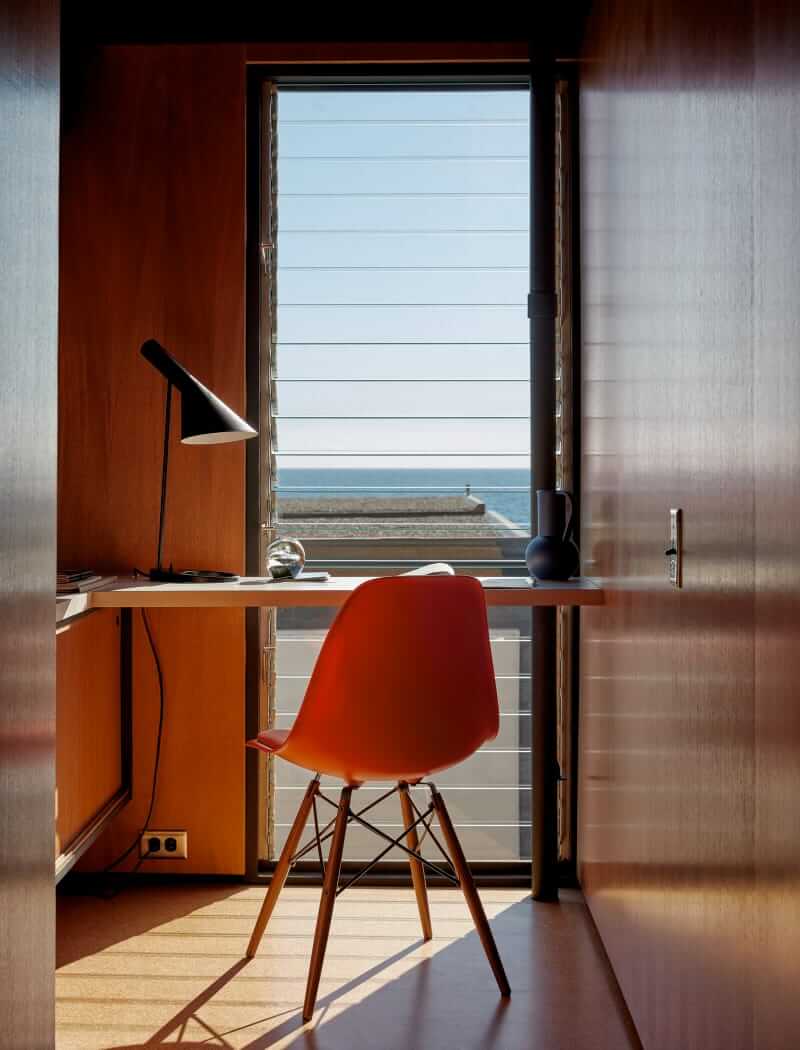
The only time people really want a dark room is when they're trying to sleep or watch a movie, right? Otherwise, we humans have a deep-rooted appreciation for bright, natural light. That's because exposure to sunlight has been found to increase the brain's release of the mood-boosting hormone serotonin. Which is why we appreciate natural light in our homes. Brighter rooms just feel better. They certainly look better in natural light. You've never seen a real estate listing flex about “moody, dark rooms”, have you?
But every winter, our dependence on daylight is challenged with shorter, darker days. And even if you don't officially suffer from Seasonal Affective Disorder, you're no doubt feeling a little more sluggish when you're inside a darker house. What's more, so many of us live in light-challenged spaces—from shadowy old homes with smaller windows or more modern apartments that skimped on thoughtful window placement. Whatever the reason, you're now in a dim situation that feels a little sad. The good news is that there's an easy fix. No need to punch a whole new window in your wall. You simply require a few clever design solutions. Here are a few handy ideas.
Advertisement
Bring in More Mirrors
One of the easiest ways to trick the eye into thinking there are more windows, and thus, more natural light, is to hang some mirrors. The best position, of course, is opposite a window to really capitalize on the light it reflects. Similarly, mirrored surfaces such as chrome or other polished metals can help double or triple the illumination in a room by bouncing light. Have a dark corner? Consider a metal bookshelf, bar or chest of drawers and place an accent light on it with several glass accessories.
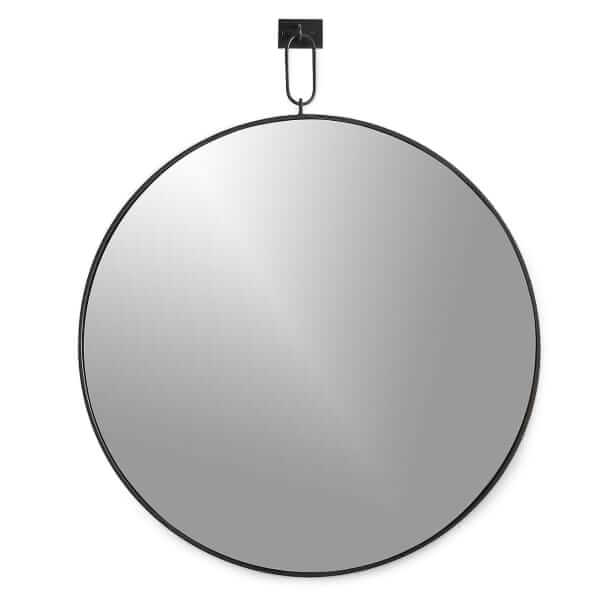
Odin iron pendant mirror,
$549 / $399 by Crate & Barrel
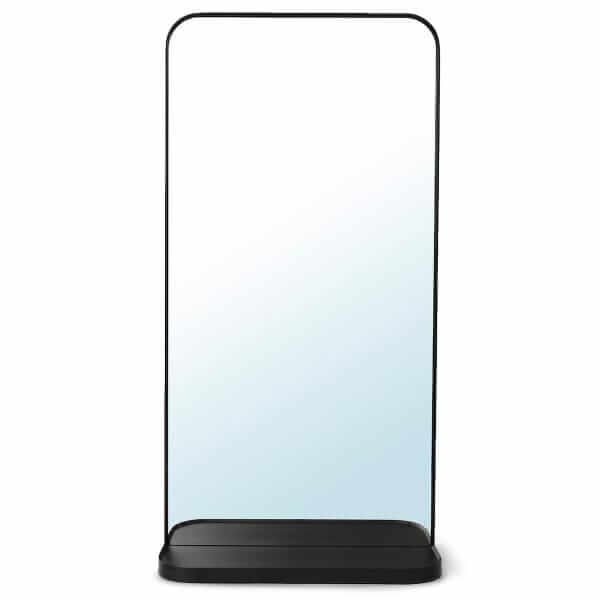
Mirror with shelf,
$69.99 by IKEA
Be Strategic With Lamps
Think of your lamps as pockets of light. You don't want one big fixture just casting light down in the center of the room. You actually want various levels of light. Overhead ambient lighting, slightly dimmer accent lighting (think small table lamps, floor lamps that point toward the ceiling and wall sconces) and then brighter task lighting (reading lamps near lounge chairs or desk lamps). Having multiple types of lighting will fill the room and illuminate it in a more nuanced and inviting way, giving the room a more natural, all-over glow.
Advertisement
Add Additional Lighting
Think about how well-designed hotel lobbies and stores use lighting. Tuck a small lamp into your bookcase to add some warm light. Place a candlestick lamp onto a fireplace mantle or on a side table. Consider under cabinet lighting and even a small accent lamp for your kitchen. The key is that small lights can boost illumination in unexpected places. You don't even need space for a cord as so many LED options now run for multiple days on rechargeable batteries.
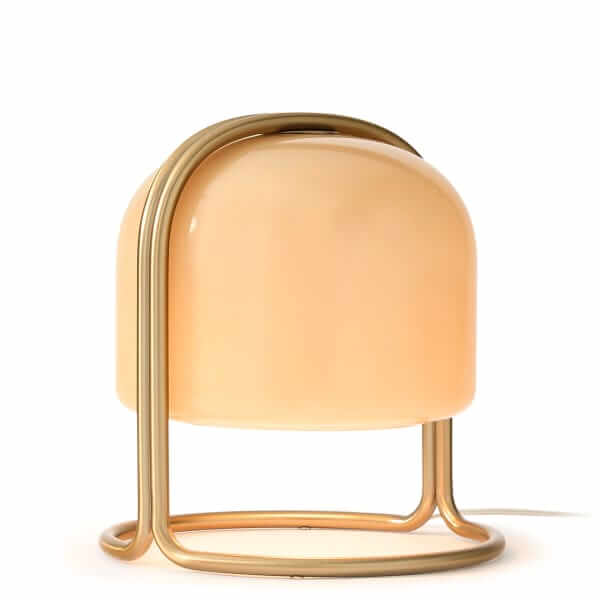
Remy lamp,
$159 by West Elm
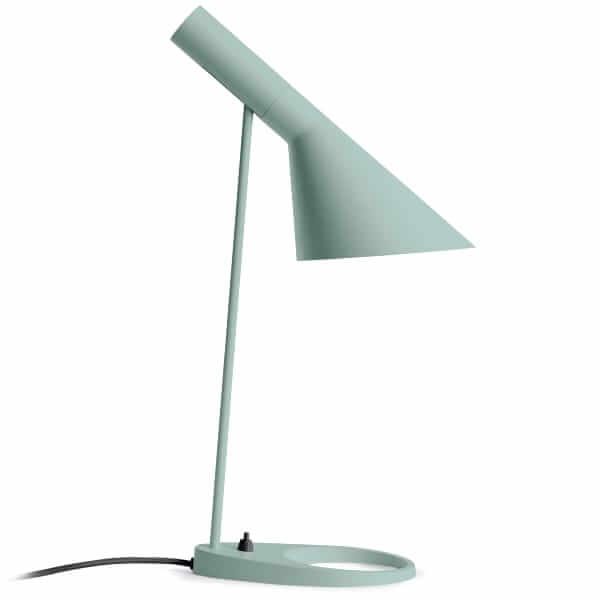
AJ table lamp,
$1,315 by Arne Jacobsen
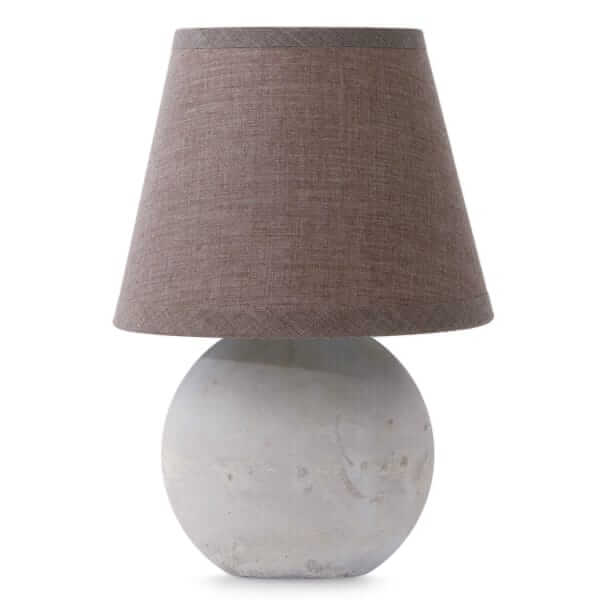
Largo petite lamp,
$78 by Jayson Home
The Science of Contrast
Call it the law of opposites attract: Because when used in the right proportions, two competing hues (one very light and one very dark) can give the overall room a bright edge. Opt for lots of white surfaces with moody, modern hints of dark blues, greens or just plain black. The juxtaposition of the dark accent pieces creates a graphic look that highlights the “white space” and thus, visually brightens the room. Similarly, a big bright rug in the middle of a dark floor will help lighten the overall space.
Consider a High-Gloss Ceiling
Interior designer Gary McBournie uses this trick to add another reflective surface to a dark room. He says that painting a ceiling with a high-gloss paint or lacquer is one of the best ways to bring more light into a room. You can experiment with a slight contrast to make a statement or simply use the same color as your walls but opt for the shiniest option to create a sheen that not only makes the ceiling feel higher but bounces more light down into the room. Look for the Light Reflective Value (LRV) of the paint color. This value refers to the percentage of light a color reflects—most are listed on the back of the paint chip at the store. To bounce more light around a space, look for a paint with an LRV of 50% or higher.
Clean Your Windows

This sounds silly, but regular dirt and outdoor grime build up over time and can block a surprising amount of light coming through window panes (some estimate around 30%). Just fill a bucket with warm water, a few drops of liquid dish soap and a few drops of rubbing alcohol (to prevent streaks). Then wipe down the outside of the windows thoroughly and either buff dry or squeegee them.
Advertisement
































